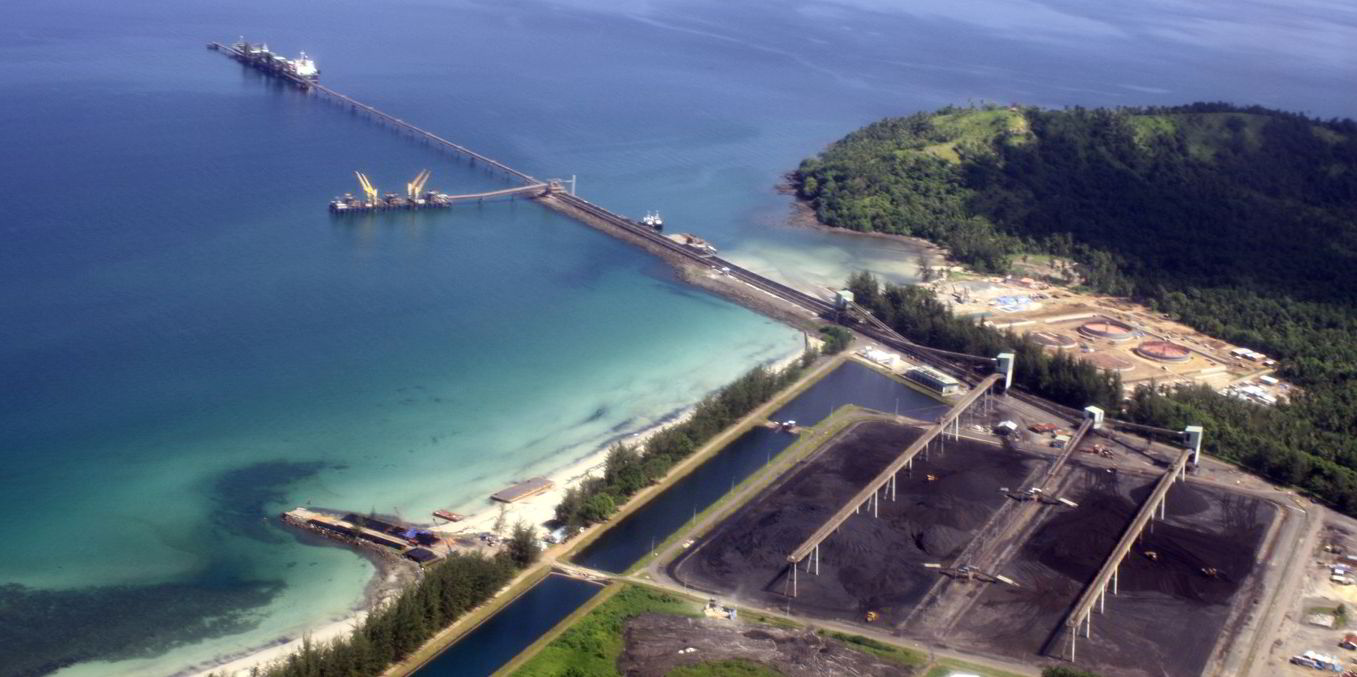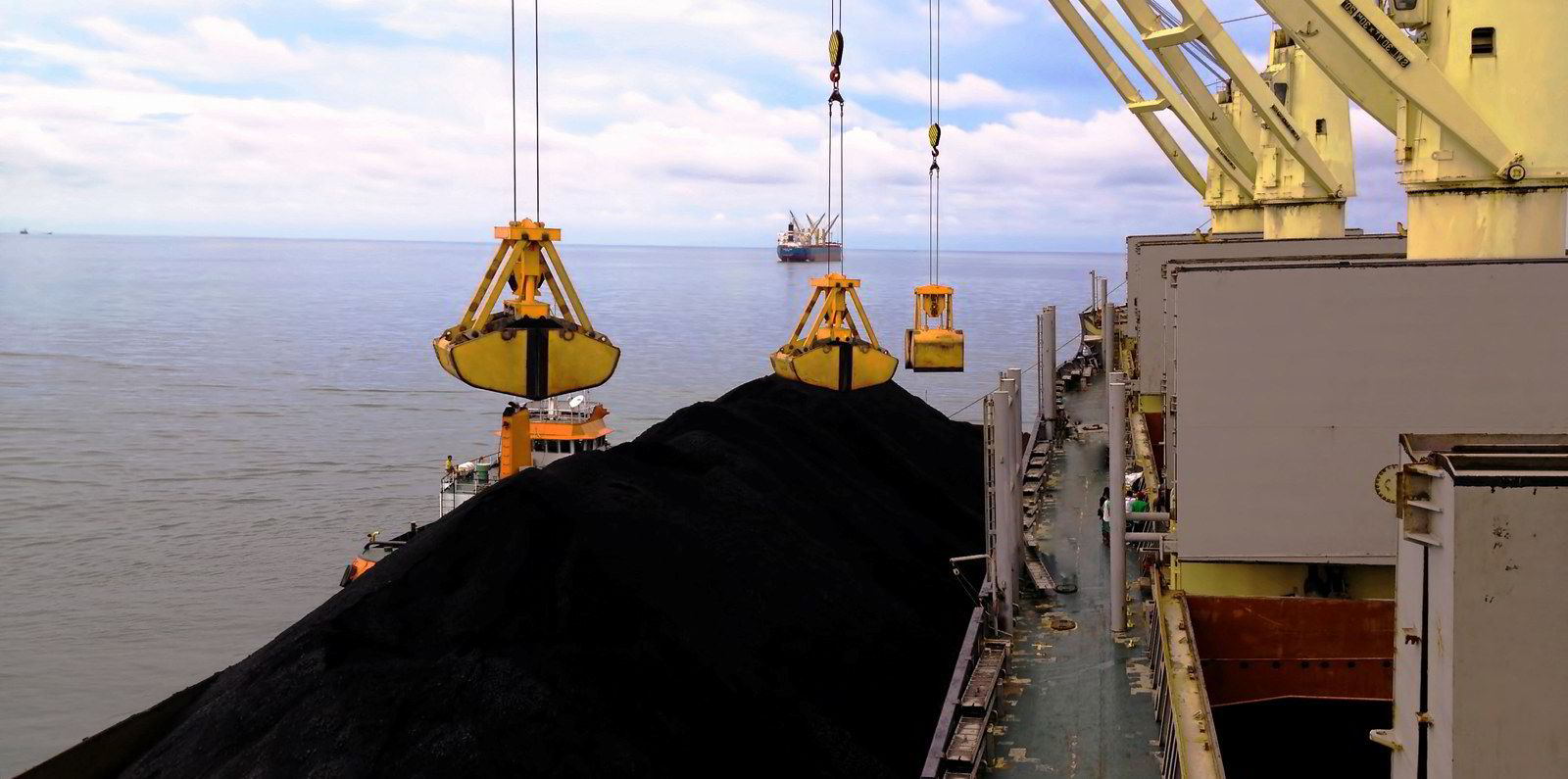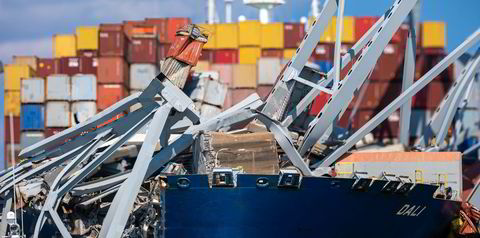There is cautious optimism that bulker markets will see another positive year in 2022, but analysts think it could be a bumpy ride.
Supply of new vessels to the trading fleet is expected to remain low, but demand will also see muted growth this year.
Bulker markets have been beset by various shocks during the past two years, but the business has largely proven resilient. Nevertheless, analysts expect the commercial environment to remain volatile and risky during 2022.
Athens-based shipbroker Eastgate said in a report that, as ever, the thing to keep an eye on will be China.
"There is no doubt that China will remain at the forefront of news and a lot will depend on its monetary policies that tend to have a domino effect in an array of key metrics that directly influence the dry bulk market," Eastgate said in a research report.
The firm expects positive sentiment in dry markets as 2022 gets underway but remains cautious.
"We are bracing ourselves for higher-than-usual volatility which will require particular intuition and sharp reflexes from all market participants," Eastgate said.
"The combo of pandemic-induced disruptions, quarantine measures, supply-chain constraints, geopolitics, port congestion, tight tonnage supply and elevated demand for key commodities has led the market to hit new highs in the past year and is also to blame for heightened volatility these past few months."
Yet more tonnage could be tied up in congestion if the Covid-19 variant Omicron leads to port disruptions, the firm added.
Minor-bulk growth
Clarksons Research expects that annual trade volumes will continue to grow this year and, yet again, minor-bulk cargoes will lead the charge.
Annual minor-bulk volumes are expected to rise by 2% next year to 2.14bn tonnes in total, according to Clarksons' estimates.
This follows a blockbuster 2021, in which minor-bulk cargoes grew by an estimated 5% year on year.
Major bulks — comprising big-volume commodities such as iron ore, coal and grain — will show lower growth this year.
Clarksons expects volumes to grow by 1% year on year to 3.33bn tonnes during 2022, after having grown by 4% annually during 2021.
Seaborne iron-ore volumes are expected to remain at around the 2021 level. Most major mining companies have already lowered their production estimates for 2022.
Low fleet growth
Hopes have been pinned on the low levels of bulker deliveries to help keep freight rates healthy.
Clarksons expects the global bulker fleet to grow by just 2.7% next year. Its research shows 344 bulkers of 10,000 dwt over are scheduled for delivery from shipyards in 2022, which will swell the fleet by a combined 28.8m dwt.
The panamax fleet, comprising vessels of between 70,000 to 90,000 dwt, is the bulker segment that is expected to grow the most next year.
Clarksons data shows 97 panamaxes are due to hit the water next year, equivalent to gross fleet growth of 3.3%.
This is closely followed by growth in the handymax fleet, which comprises bulkers of between 40,000 and 69,999 dwt and includes supramaxes and ultramaxes.
Clarksons expects the handymax fleet to grow by 3.2% in 2022, once all the scheduled 126 newbuildings are delivered.
Contrarian view
Analysis by Maritime Strategies International (MSI) has, however, poured cold water on the notion that low fleet supply will keep freight markets well supported in 2022.
During the final quarter of last year, MSI slashed its forecast for forecast incremental cargo growth in 2022 by more than half to 102m tonnes. It made its previous estimate of 235m tonnes just three months earlier.
This means that projected growth in dwt demand in 2022 is now "marginally negative", according to Will Fray, MSI's senior dry-bulk analyst. MSI's previous estimate had expected a year-on-year rise of just under 2%.
"A key factor behind this strikingly weak outlook for demand in 2022 is a decline in port days, which have been reduced," Fray wrote in MSI's latest dry-bulk outlook.
This decline in demand will meet incremental fleet supply of almost 25m dwt next year, according to the MSI analysis.
Most of this vessel supply will come from deliveries from shipyards — 30m dwt in 2021 and another 12m dwt in 2022.
But the "significant" release of smaller tonnage that was previously tied up in Chinese coastal trade will also feed an additional 4m dwt into this fleet supply, MSI said.
Coastal trade in China has been critically impacted by port congestion.
MSI expects the overall bulker fleet employment rate to drop to just over 84% in 2022, down from 88% previously.
The bulker fleet is in fact still over-ordered, relative to medium-term demand, according to MSI.
The 2021 orderbook outstrips incremental trade growth over the next five years by a ratio of 5.5, its analysis found. An under-ordered market would have an orderbook-to-demand ratio of below 1.
The firm said it has lowered its forecast for near-term bulker contracting, on the back of the "sharply weaker" demand outlook.
Bulker owners should at least remain profitable this year, if the physical market plays out in a way that resembles the Baltic Exchange's current forward curve.
Forward freight agreements (FFAs) for capesizes this year imply rates of at least $20,800 per day, based on Friday's closing prices for contracts for the current quarter and the next three.
Daily operating expenditure (opex) for capesizes is estimated at $5,443, comprising crewing, technical costs, insurance and dry dock expenditure, according to the most recent Baltic Exchange assessment in October.
For panamax and supramax bulkers, the Baltic estimates daily opex of about $4,800 on the same basis.
The forward curve for panamaxes currently implies rates in the $27,000-per-day range during the first two quarters of 2022, falling to about $22,000 per day in the final three months.
Likewise, the forward curve for supramaxes shows implied rates of at least $20,000 per day this year, based on FFAs for each quarter.











